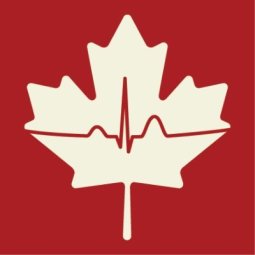Reinhardt, Uwe E. Does the Aging of the Population Really Drive the Demand for Health Care? Health Affairs, 22, no.6: 27-39, 2003
Background
Provincial governments across Canada are trying to understand how much health care costs are driven by demographic shifts. In BC, for example, the Legislative Assembly has asked the Select Standing Committee on Health to examine the sustainability of BC’s health care system to the year 2036, with a focus on the impact of demographic trends, particularly aging. The presumption is that the baby boomer generation risks bankrupting not only Canadian Medicare, but health care systems around the world. What does the evidence tell us about the contribution “aging” makes to health care costs?
Methods and Limitations
In this essay, the author draws on the published peer-reviewed research literature to shed light on the myth that the aging U.S. population is the major driver of the annual growth in demand for health care and in national health spending. The author includes relevant data from Canada and Australia.
Analysis
Reinhardt suggests that it is easy to draw an erroneous conclusion that treating an aging population is driving up health care budgets. Cross-sectional data, representing only a slice in time, are not, however, a reliable guide to what happens to costs when an entire country’s population ages over time. When the costs of aging are considered across a population and over time, research consistently shows that aging is a “minor determinant” of the annual growth in aggregate health care use and spending. Key factors contributing to increasing health care costs include rising per capita incomes, costly new medical technology, and workforce shortages that can drive up the unit cost of health care.
If a majority of the population were over 65, then the aggregate demand for health care would obviously be high. Between now and 2030, however, the U.S. population age 65 and over will rise by only about 10 percentage points. Whether based on past research or on more recent data, the aging population in the U.S. adds “only about half a percentage point to the total annual increases in national health spending”.
Canada’s demography follows similar trends: the author reviewed research undertaken between 1978 – 2000 by UBC’s Robert Evans and colleagues, who concluded that, “All studies come to the same conclusion. Demographic trends by themselves are likely to explain some, but only a small part, of future trends in health care use and costs, and in and of themselves will require little, if any, increase in the share of national health resources devoted to health care”.
Research reviewed from Australia reaches similar conditions: “Health expenditures are not driven mechanistically by demography” but rather “will be determined by other factors” including the impact of technology.
Comment
The author deconstructs the popular myth that population aging is a major contributor to the annual demand for health care, and, therefore, to total national health expenditure. The evidence tells us that aging will play a small role in increased demand for, and costs of, health care. But the literature shows that this is far from the full story. In fact, other factors drive per-capita spending on health for all age groups.
Some commentators and politicians seem invested in using demography as a wedge issue to promote market-based changes to health care funding and delivery that would both increase costs, and shift them to individuals. As Canadians reform health care to ensure sustainability and universality for future generations, it’s important to look at all the factors that drive health care costs. Trying to pin the costs on our aging population is not a conclusion supported by the evidence.
